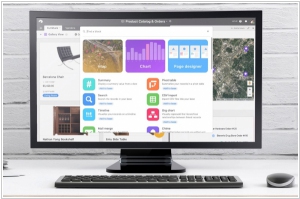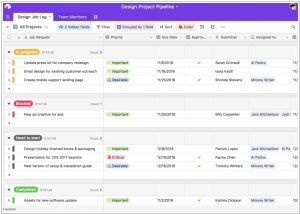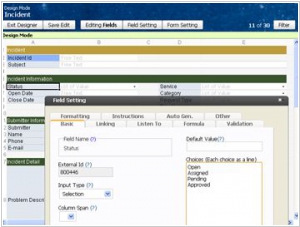Airtable vs Ragic
May 23, 2023 | Author: Michael Stromann
Airtable and Ragic are both powerful online database platforms, but they have some key differences in terms of their offerings and focus. Airtable is a flexible and user-friendly database tool that combines the functionality of spreadsheets and databases. It provides a visually appealing interface, customizable templates, and features like drag-and-drop functionality, data linking, and collaboration. Airtable is suitable for individuals and teams looking for a versatile and easy-to-use solution for organizing and managing their data. On the other hand, Ragic is a robust database management platform that focuses on providing extensive customization options and advanced database functionalities. It offers features like advanced data validation, workflow automation, API integration, and powerful reporting capabilities. Ragic is suitable for businesses that require a more complex and customizable database solution with advanced data management and automation features.
See also: Top 10 Low-Code Platforms
See also: Top 10 Low-Code Platforms
Airtable vs Ragic in our news:
2020. Airtable raises $185M and launches new low-code and automation features

The no-code platform and spreadsheet-centric database, Airtable, has successfully raised $185 million in a Series D funding round. Alongside this milestone, the company is introducing new low-code features, automation capabilities (reminiscent of IFTTT for Airtable), and enhanced data management functionalities. While Airtable's pre-built blocks previously allowed users to incorporate maps, Gantt charts, and other features into their tables, there comes a point where the built-in functionality may not meet all user requirements, necessitating the need for custom tools (referred to as an "escape valve" by Liu, Airtable's CEO). To address this, Airtable has introduced Airtable Apps, enabling more advanced users to build additional functionality using JavaScript. Furthermore, users have the option to share their custom capabilities with others through the newly introduced Airtable Marketplace. These developments empower Airtable users to create more sophisticated and tailored solutions to meet their specific needs.




